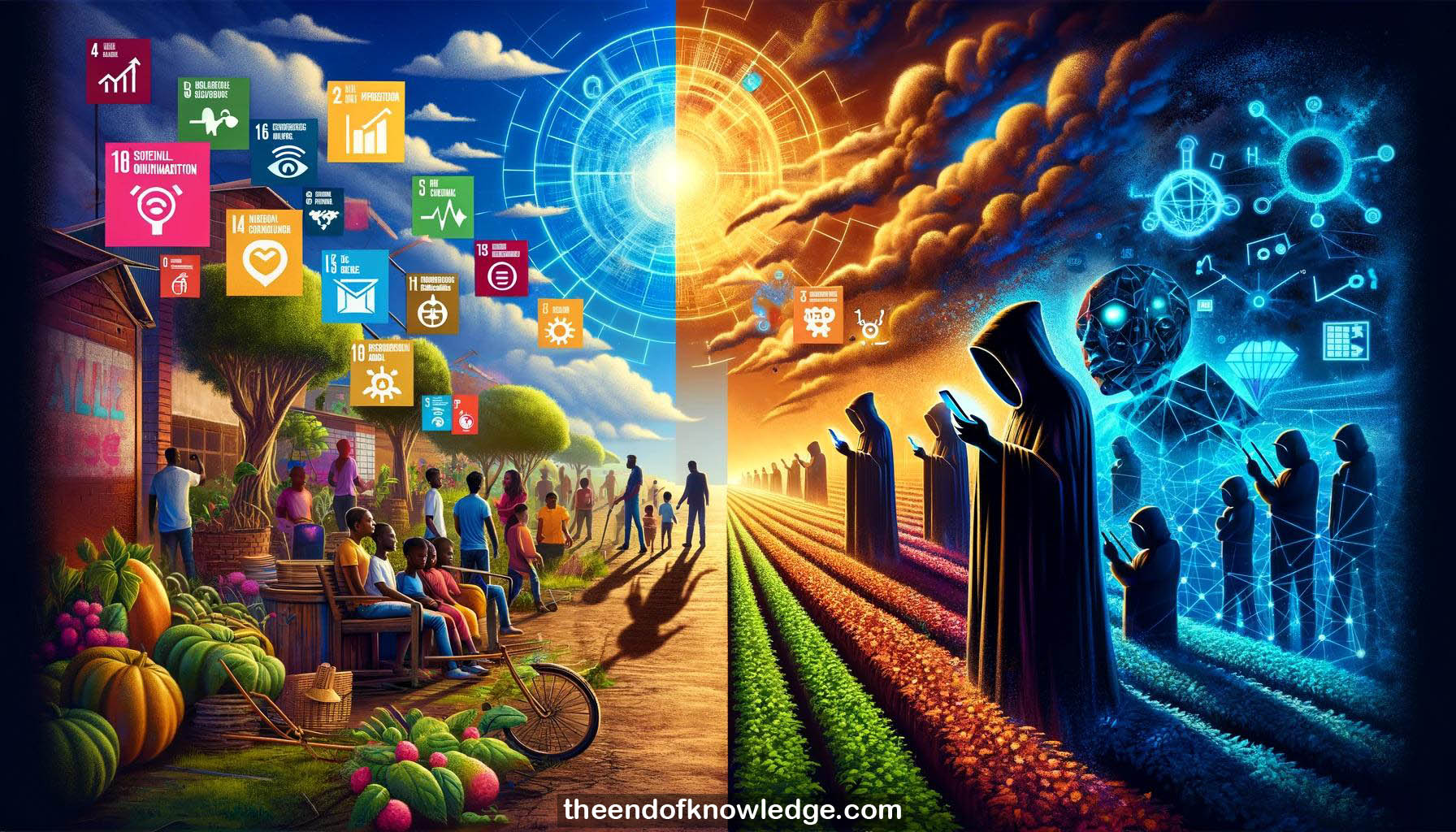 >
>
Concept Graph & Resume using Claude 3 Opus | Chat GPT4o | Llama 3:
Resume:
1.- Last year's AI for Good Global Summit was inspiring but seemed naive at times, especially regarding data use and human rights.
2.- Since then, issues like AI weaponization, behavior manipulation, algorithmic bias, and lack of transparency have come to the fore.
3.- There are concerns around data ownership, rights, and responsibilities of those who control data.
4.- The second gathering shows more focus on protecting each other and potential negative consequences.
5.- The main question is how to reap AI benefits while mitigating risks and undesirable societal consequences.
6.- The talk distinguishes between outwardly turning AI for good (discrete benefits from specific applications) and inwardly turning AI for good.
7.- Outwardly turning AI for good should be the primary focus, particularly for helping vulnerable populations.
8.- Some of the most powerful applications may be simple ones, not just complicated future speculations.
9.- Example: Pula, an insurance company providing policies to tiny farmers in Africa, packaged with seed and fertilizer purchases.
10.- Policies are registered via ubiquitous cell phones, and claims are automatically processed using satellite data and deep learning algorithms.
11.- This small application is tremendously important, as crop failures occur frequently in these regions.
12.- Emerging technologies can help meet all 17 sustainable development goals, though not as the sole solution.
13.- AI may not be central to each goal but can amplify other technologies and bring efficiencies.
14.- However, progress in areas like decent work (Goal 8) and reduced inequality (Goal 10) may be exacerbated by tech progress.
15.- Technological unemployment and automation are already putting downward pressure on job creation and wage growth.
16.- Major disruptions are likely before AI potentially creates more jobs than it eliminates in the long run.
17.- The tech economy is designed so that productivity gains flow more towards the already well-off.
18.- Lack of work and inequality most affect the most vulnerable populations, impacting goals of no poverty (Goal 1) and zero hunger (Goal 2).
19.- Progress in AI may not always serve sustainability goals and can dehumanize people, rob them of meaning, and interfere with human flourishing.
20.- Inwardly turning AI for good involves mitigating harms, addressing potential negative consequences, and examining societal impacts.
21.- Harms can come from system failures due to bad design, incompetence, underestimating low-probability high-impact events, and misappropriation by bad actors or elites.
22.- We need to look at ethical and governance concerns, bringing appropriate oversight and addressing gaps.
23.- Solutions can involve technological fixes, better corporate oversight, or other mechanisms.
24.- The talk emphasizes the importance of considering both outwardly and inwardly turning AI for good.
25.- The speaker invites suggestions for better phrasing to make this distinction.
Knowledge Vault built byDavid Vivancos 2024